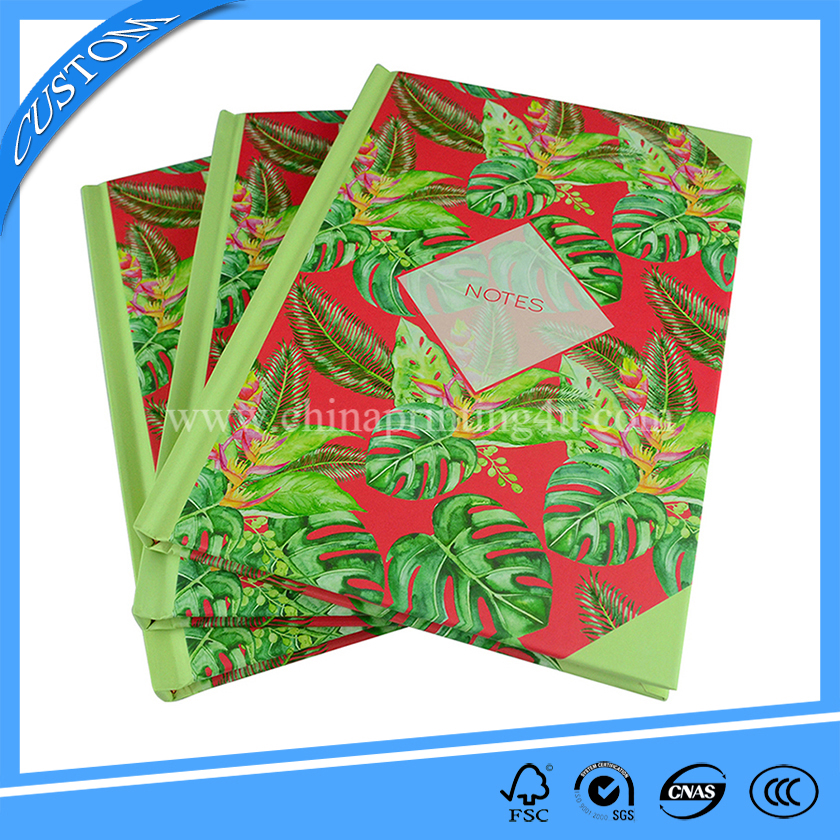Notebook printing is
a traditional technology, which can print all kinds of paper in the form of
books. Notebook printing covers flat, convex, concave, screen and other
printing methods. The types of notebook printing are divided into flexographic
printing, narrow rotary printing and digital printing. The wide application of
notebook and the continuous development of notebook varieties naturally promote
the development of notebook printing technology.
1.
Original.
The
original design suitable for flexible notebook
printing should have the following characteristics: more colors but less
overprint; no need to reproduce particularly small details; the screen line is
not too high, but can achieve color printing effect; online packaging
processing can be done.
2.
Film
It
meets the needs of plate making, with clear graphics and accurate size
specifications; with frosted film, the density of four corners of film is
required to be consistent; with film orthography; with transmission
densitometer, the white density is less than 0.06; the black density is more
than 3.5.

3.
Exposure includes back exposure and main exposure in notebook printing.
Back
exposure.
The
supporting film of the photosensitive resin plate is up and the protective film
is down, which is tiled in the exposure drawer to receive exposure. UV light is
transmitted through the support film to solidify the photosensitive adhesive
layer, so as to establish a stable base, control the washing depth, and
strengthen the adhesion between the support film and the photosensitive resin
layer. The back exposure time is determined according to the required substrate
thickness.
Main
exposure.
Also
known as front exposure, photosensitive resin plate support film down,
protective film up. The main exposure time is determined by the plate type and
light source strength. Exposure time is too short will make graphics and text
slope is too straight, line bending, small words, small dot part is washed out,
otherwise exposure time is too long will apply version, handwriting fuzzy. If
there are big lines, small lines, thick lines and thin lines on the same plate,
cover them with black film and expose them separately. Small parts will not be
lost due to washing, so as to ensure the quality of the plate.
4.
Rinse.
The
unphotosed part is washed and dissolved to retain the relief of
photopolymerization. The time of plate washing depends on the thickness of the
plate and the depth of the image in notebook
printing. If the time of plate washing is too short, the unphotosed resin
will be left on the plate and the depth of plate making will be affected. If
the time of plate washing is too long, the plate will expand and the fine part
will deform or fall off.
5.
Drying.
Remove
the solvent to restore the original size and thickness of the plate. The baking
temperature is 50-60 ℃. Baking time depends on plate thickness and washing
time, generally two hours thick plate, one hour thin plate. Too long baking
time and too high baking temperature will make the plate brittle and affect the
printing life. If the baking temperature is too low, the drying time will be
prolonged. If the baking time is too short, the printing plate will be rotten.
6.
Post treatment.
Debonding
and post exposure. It can make the photosensitive resin harden (polymerize)
thoroughly to achieve the required hardness index, and eliminate the printing
plate stickiness, so as to facilitate the ink transfer. The post-treatment time
is obtained from the test, so as not to crack and adhere.

